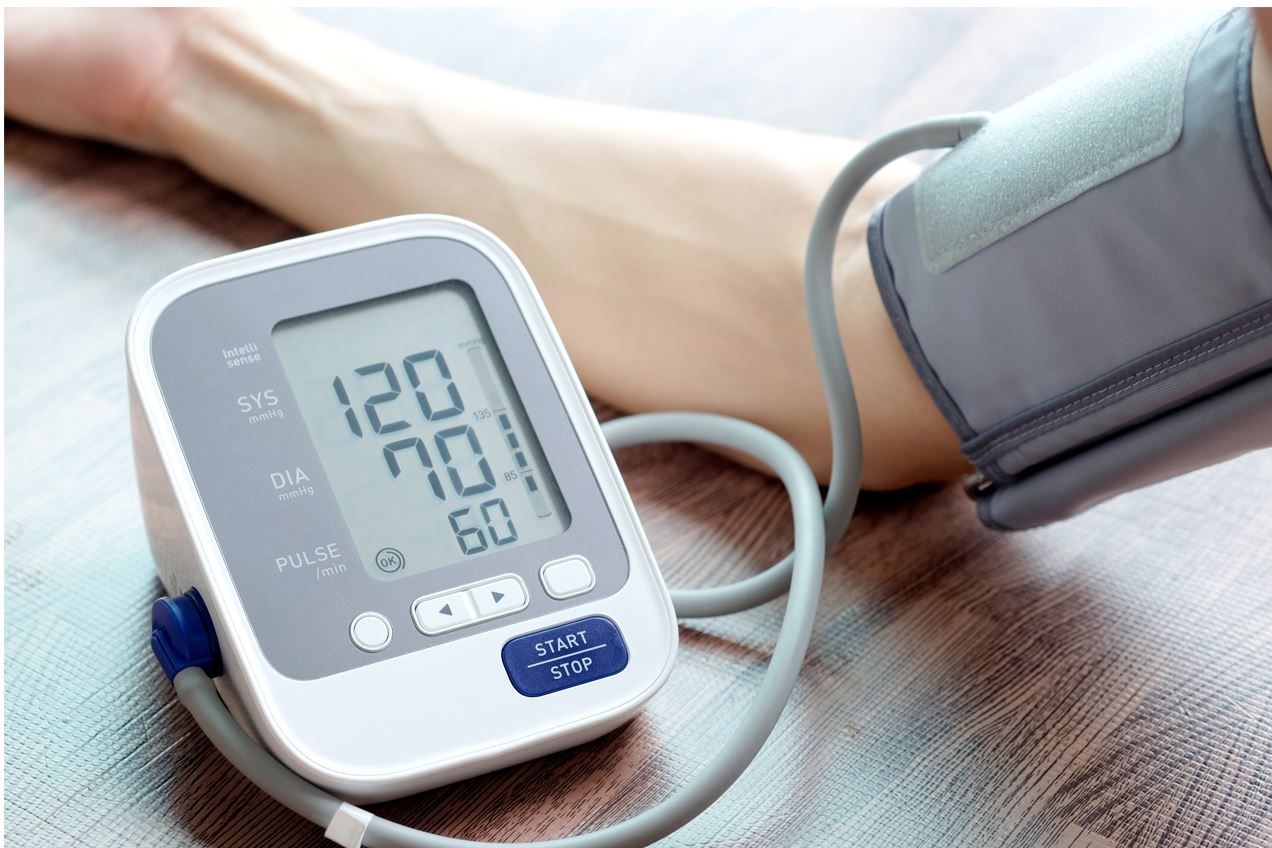ESC 2021: Major Hypertension Trial Supports Tight BP Control with Data from Older Adults
Aggressive control of systolic BP in adults aged 60 to 80 years significantly reduced CV risk, adding to evidence from the pivotal SPRINT trial in support of tight BP control.
©Photo Season/Stock.adobe.com

Meeting systolic blood pressure (SBP) targets <130 mm Hg but not <110 mm Hg reduced substantially the incidence of cardiovascular adverse events among older Chinese adults. The findings, from the Strategy of Blood Pressure Intervention in the Elderly Hypertensive Patients (STEP) trial were reported August 30, 2021, at the virtual European Society of Cardiology (ESC) Congress 2021 and published simultaneously in the New England Journal of Medicine.
Notably, when compared with treatment to standard SPB targets, the aggressive treatment reduced by 26% the composite risk of stroke, acute coronary syndrome (ACS), acute decompensated heart failure (HF), coronary revascularization, atrial fibrillation (AF), or death from cardiovascular (CV) causes among adults aged 60 to 80 years. Authors reported no increase in adverse outcomes.
Mixed results from trials of blood pressure lowering in older adults and a range of target levels recommended by clinical guidelines served as rationale for the STEP study, according to an ESC press statement. Moreover, early findings from the landmark 2015 SPRINT trial, confirmed in May 2021, strongly support aggressive treatment of hypertension to significantly reduce the risk of CV morbidity and mortality.
Principal investigator Professor Jun Cai of the Chinese Academy of Medical Sciences, Beijing, China, and colleagues compared the impact on risk of CV events of intensive treatment (SBP <130 mm Hg but not <110 mm Hg) vs standard treatment (SBP target 130–150 mmHg) older adults.
STEP investigators screened 9624 patients for eligibility, enrolling 8511 patients aged 60 to 80 years from 42 clinical sites in China. All participants had a measured SBP 140–190 mmHg during 3 screenings or were being treated with antihypertensive medication. Participants were randomly assigned to the intensive treatment (4243) and standard treatment (4268) groups.
Patients were seen for regular follow-up clinic visits and the same validated office BP measurement device was used at collaborating hospitals. Home BP changes were examined via a smartphone app as an adjunct to office BP measurements during follow-up.
The primary CV outcome was a composite of stroke, ACS, acute decompensated HF, coronary revascularization, AF, or death from CV causes. Secondary outcomes included the individual components of the primary endpoint, death from any cause, major adverse cardiac events (MACE) and renal outcomes (a decrease in renal function or the development of end-stage renal disease).
Median follow-up was 3.34 years. During this period researchers report a mean reduction in SBP from baseline of 20.4 mm Hg in the intensive treatment group and 10.1 mmHg with standard treatment. Average SBP reached 125.6 mm Hg and 135.2 mmHg in the intensive and standard groups, respectively. Average between-group difference was 9.6 mmHg.
Investigators recorded primary outcome events in 147 patients (3.5%) in the intensive-treatment group vs 196 patients (4.6%) in the standard-treatment group for a relative risk reduction of 25% (hazard ratio [HR], 0.74; 95% confidence interval [CI], 0.60 to 0.92; P=0.007).
For secondary outcomes study authors report a 34% lower relative risk of stroke (95% CI 0.46–0.95) and a 32% lower relative risk of ACS (95% CI 0.48–0.95). For other individual components of the primary outcome, they found intensive treatment also was favored: acute decompensated heart failure 0.27 (95% CI, 0.08 to 0.98), coronary revascularization 0.69 (95% CI, 0.40 to 1.18), atrial fibrillation 0.96 (95% CI, 0.55 to 1.68), and death from cardiovascular causes 0.72 (95% CI, 0.39 to 1.32).
Rates of serious adverse events and renal outcomes did not differ between the two groups except hypotension, which occurred in 146 (3.4%) and 113 (2.6%) patients in the intensive and standard treatment groups, respectively (p=0.03).
“Active control of SBP to below 130 mmHg in older hypertensive patients, as compared with below 150 mmHg, resulted in a lower incidence of major CV events, with no increase in renal injuries,” said Professor Cai in the ESC statement. “Home BP monitoring more accurately reflected long-term fluctuations in BP than office measurements,” he added.
Reference: Zhang W, Zhang S, Deng Y, et al for the STEP Study Group. Trial of intensive blood pressure control in older patients with hypertension. N Engl J Med. Published online August 30, 2021. DOI: 10.1056/NEJMoa2111437